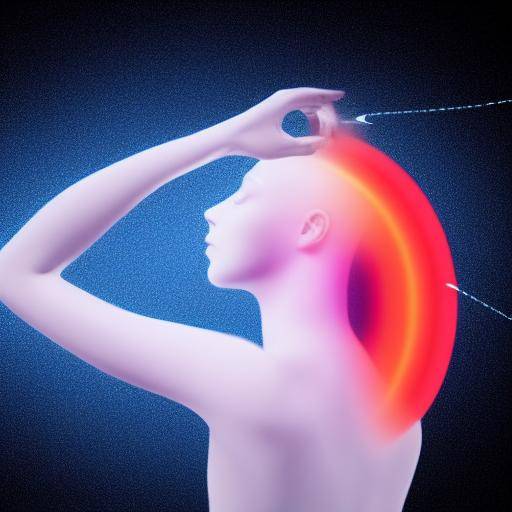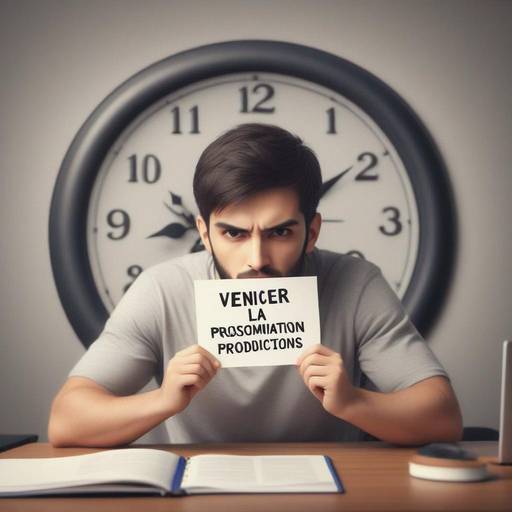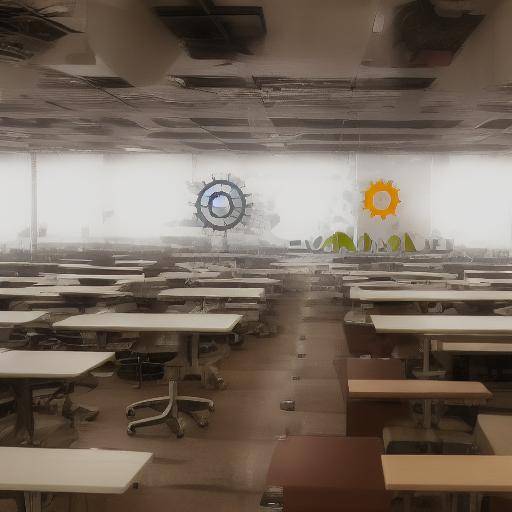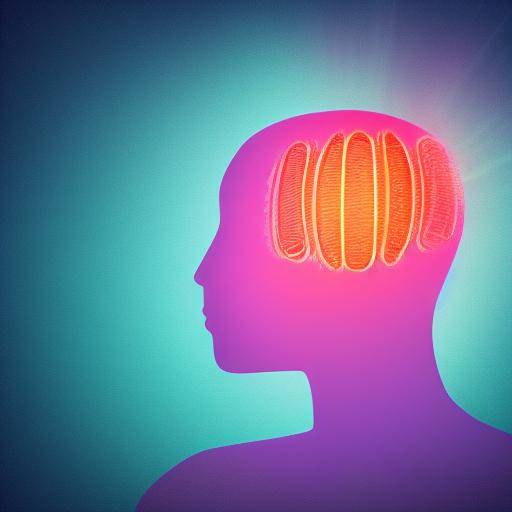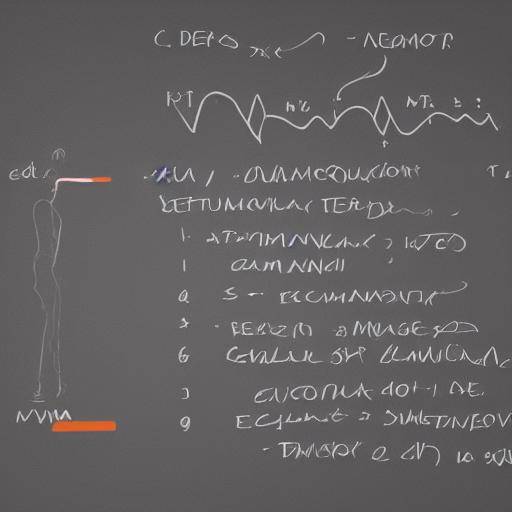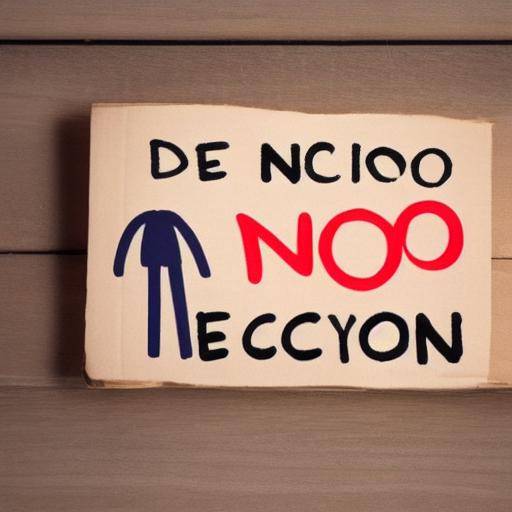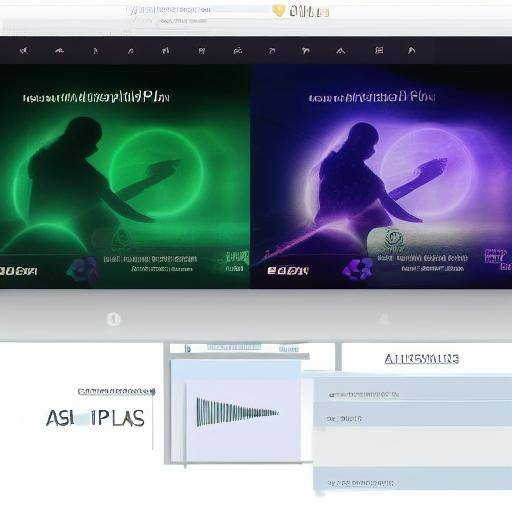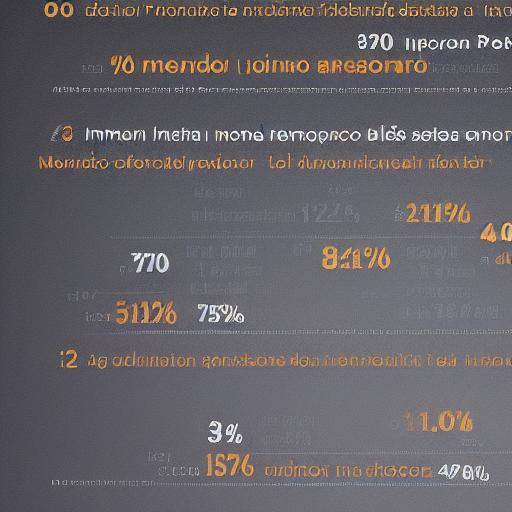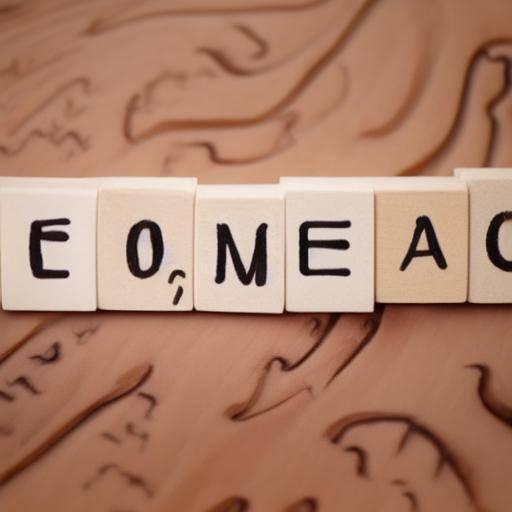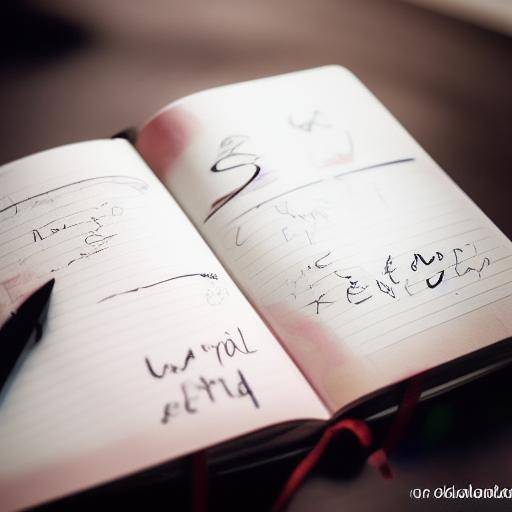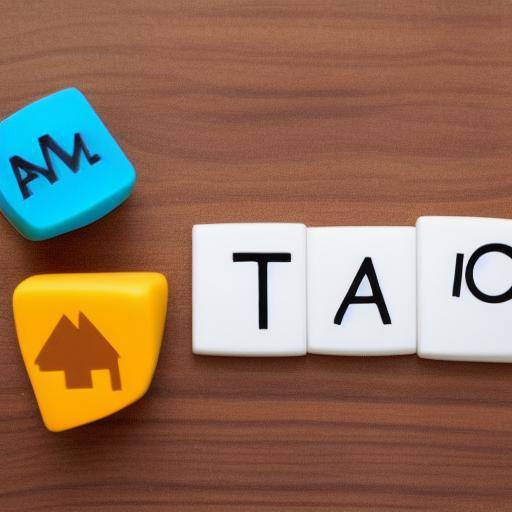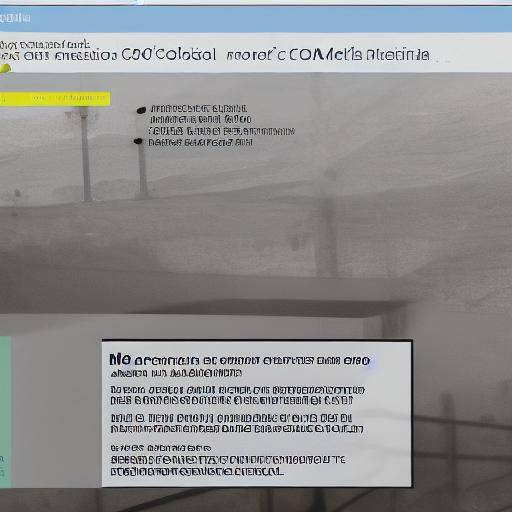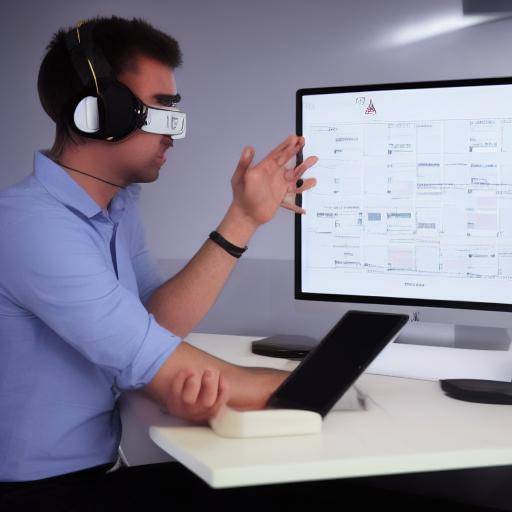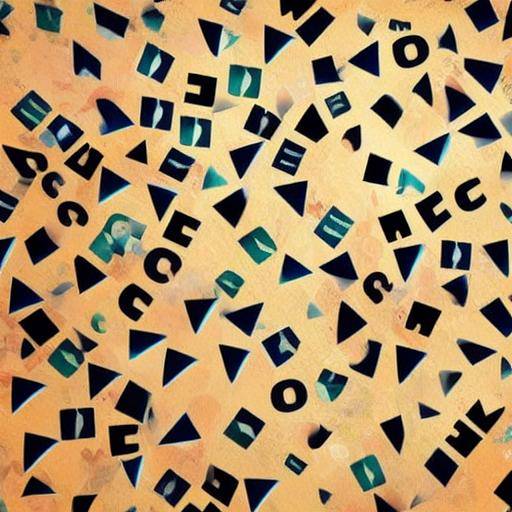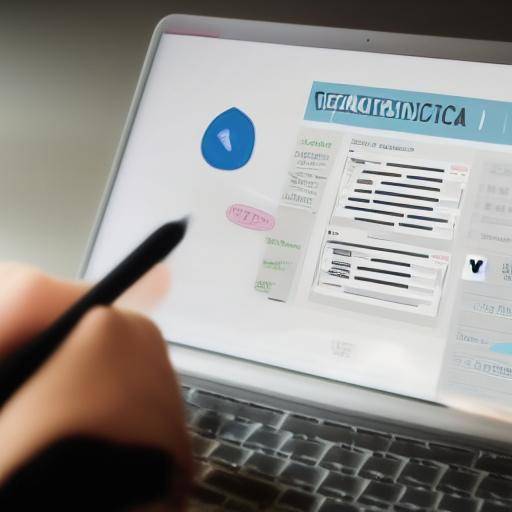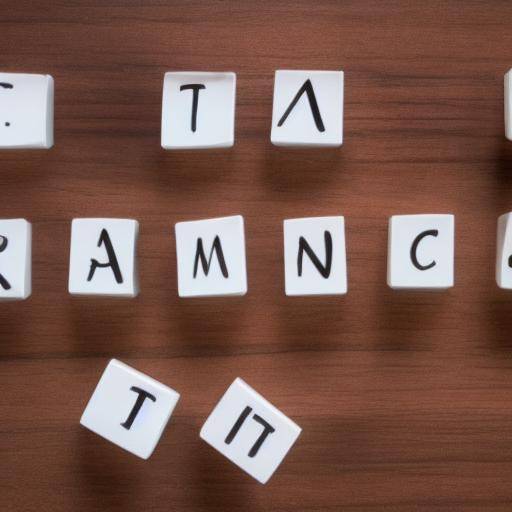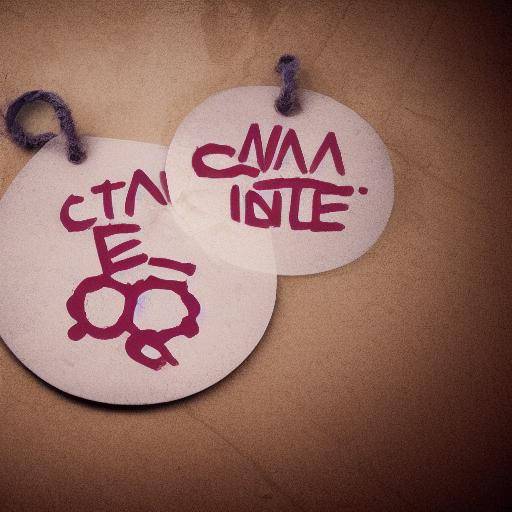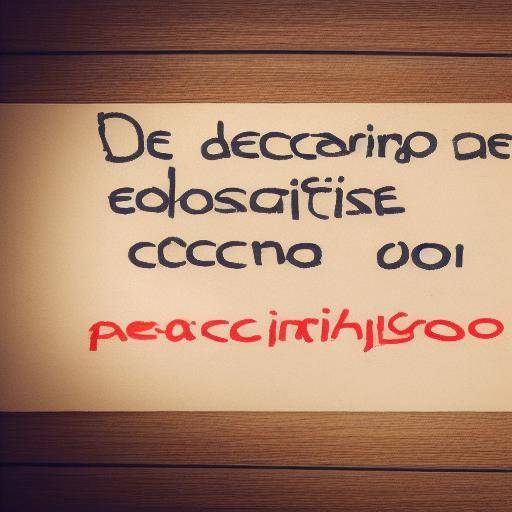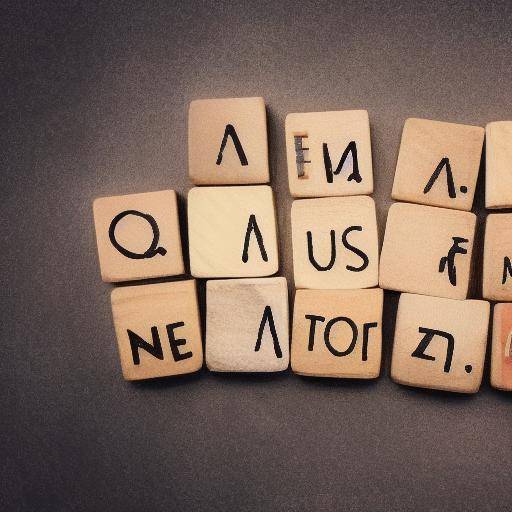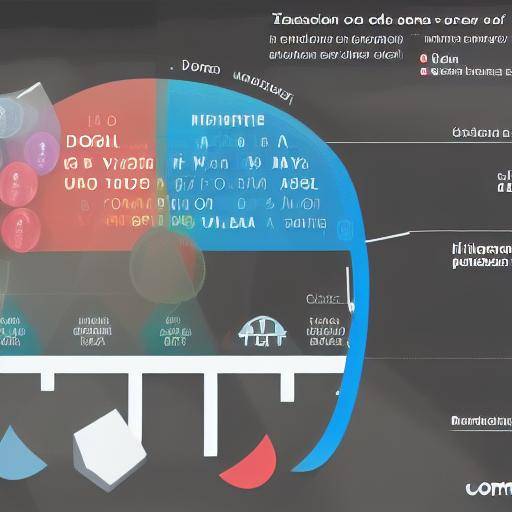
In the personal and professional sphere, decision-making can be a challenge. The pressure to choose the best option can be overwhelming, especially when you do not have the necessary information or you are dealing with complex situations. Fortunately, there is a powerful technique that can help improve decision-making: visualization. In this article, we will explore in depth how visualization can be an effective tool to improve decision-making, and how mental approach plays a crucial role in this process.
Introduction
Decision-making is a fundamental process in personal and professional life. From simple decisions, like what clothes to wear, to complex decisions related to career or business, every choice we make can have a significant impact on our future. Visualization, on the other hand, is a technique that involves the creation of mental images to visually represent a desired result. By combining decision-making with visualization, it is possible to improve mental clarity, reduce stress and make more informed and effective decisions.
History and Background
Viewing as a tool to improve decision-making has its roots in ancient oriental traditions such as yoga and meditation. Throughout history, many cultures have used visualization techniques to demonstrate different results in everyday life, from disease cures to improvements in sports and professional performance. Over time, visualization has gained recognition in psychology and business as a powerful tool to influence people's thinking and behavior.
Within the scope of decision-making, visualization has proved to be effective in reducing indecision, increasing confidence and improving the ability to evaluate different scenarios. By imagining yourself by making optimal decisions and achieving successful results, a person can strengthen his or her mental approach and increase his or her motivation and determination to achieve those goals.
Visualization has the power to affect a person's subconscious perception, which in turn can influence the way it addresses decisions and takes steps to achieve its goals. By understanding the relationship between visualization and decision-making, it is possible to strategically apply this technique to improve results in different areas of life.
Deep analysis
One of the main advantages of visualization in the decision-making process is its ability to reduce the impact of fear and uncertainty. By visualizing alternative scenarios and their possible results, a person may feel more prepared to face challenging situations and make informed decisions that are aligned with their goals and values.
Visualization can also help build confidence in decisions taken, as by actively imagining the desired results, a person can strengthen his belief in his ability to achieve those results. This can be particularly useful in situations where you face risky or innovative decision-making, as visualization can provide the emotional and mental momentum necessary to take bold and confident action.
In addition, visualization can serve as a tool to explore multiple scenarios and evaluate their possible results. By mentally representing different options, a person can develop a deeper understanding of the consequences of their decisions and be better prepared to face the implications of their choices.
Comprehensive review
Viewing and decision-making can be combined in several ways to achieve optimal results. A common approach is to create a quiet mental space and practice visualization through meditation and concentration techniques. By combining visualization with relaxation and full attention, a person can improve his or her ability to make clear and weighed decisions, minimizing the influence of anxiety and stress on the decision-making process.
In addition, visualization can be used in strategic planning and problem solving. By visually imagining future scenarios and their possible results, a person can develop a proactive approach to anticipate challenges and make decisions that contribute to achieving their long-term goals.
It is also important to note that visualization is not a panacea and does not replace the need to collect relevant information, analyze data and consider different views when making decisions. Instead, visualization can complement these processes by providing an additional tool to improve clarity and confidence in decision-making.
Comparative analysis
By comparing decision-making, visualization and mental approach, it becomes evident that these areas are intrinsically related. Decision-making is based on the evaluation of options and the selection of action courses, while visualization is a tool that can influence the evaluation process by providing mental representation of possible results. On the other hand, the mental approach refers to the ability of a person to maintain attention and concentration on a specific goal or task, which is crucial both in decision-making and in actual visualization.
Although they have differences in their approach and application, decision-making, visualization and mental approach share a common denominator: the influence of the mind on perception, analysis and performance. In understanding and using these interconnections, it is possible to develop more comprehensive and effective approaches to decision-making in various contexts.
Practical Tips and Accessible Recommendations
If you are looking to use visualization to improve your decision making, consider the following practical tips:
- Sets a daily time for visualization practices: Dedicates time every day to practice visualization, preferably in a quiet environment and without distractions, to maximize its effectiveness.
- View specific and detailed results: Imagine clearly the desired results of your decisions, including details such as emotions, reactions and tangible consequences.
- Use visual support: If useful, you can complement your visualization with images, diagrams or tables that visually represent your desired scenarios and results.
- Complements display with action: The display works best when combined with a deliberate and focused action. Develop a clear plan of action and take consistent steps to achieve your goals.
- Look for feedback and learning: After making visualization based decisions, evaluate results and look for learning opportunities. Adjust your focus as needed while continuing to improve your decision-making skills.
Conclusions and FAQs (FAQs)
Conclusions
In conclusion, visualization can be a powerful tool to improve decision-making by strengthening mental clarity, reducing the impact of fear and uncertainty, and fostering confidence and proactivity in the assessment of scenarios and options. By incorporating visualization into the decision-making process, it is possible to establish a more robust and effective mental approach to achieve desirable results in various areas of life.
Frequently asked questions (FAQs)
1. How can I begin to practice visualization to improve my decision-making?
Start by dedicating a few minutes each day to visualizing specific scenarios related to decisions you face. Imagine the desired results and visualize the steps that will lead you to achieve those results. As you practice, adjust and adapt your display as needed to maximize your utility.
2. Is visualization effective in making important decisions in the professional field?
Yes, visualization can be useful for professional decision-making by providing a mental framework to evaluate options, reduce indecision and strengthen confidence in the selection of effective action courses.
3. Can visualization be applied to personal decision-making situations, such as relationships or personal development?
Absolutely. Visualization can be effective in making decisions in all areas of life, including personal relationships, personal development and time management. By practicing visualization, you can improve your ability to evaluate options and make decisions that are aligned with your personal values and objectives.
4. What is the difference between visualization and simply dreaming up or fantasizing?
Visualization focuses on creating clear and specific mental representations of desired results, while dreaming up or fantasizing may lack specific focus and direction. Visualization implies being aware of the actions and emotions involved in achieving a particular result, which clearly distinguishes it from simple fantasy.
5. Are there situations in which visualization is not effective for decision-making?
While visualization can be a valuable tool, it may not be effective in situations where prompt action and immediate adaptation is required, as in emergencies. In such situations, it is important to combine visualization with reflective action and agile decision-making.
6. Can visualization help overcome the fear of decision-making?
Yes, visualization can be effective in reducing the impact of fear and indecision by providing a mental environment in which different scenarios can be explored and evaluated without the limitations of immediate reality. By practicing visualization, it is possible to strengthen trust and will to make informed and effective decisions.
External Links
- Psychology Today - "The Power of Visualization"
- Forbes - "How Successful People Make Decisions"
- Harvard Business Review - "The Role of Intuition in Decision Making"
With precise information, concrete examples and practical applications, this guide provides a comprehensive view on visualization and its impact on the decision-making process. By incorporating visualization and mental focus in decision-making, it is possible to improve clarity, confidence and effectiveness in decision-making in all spheres of life.


